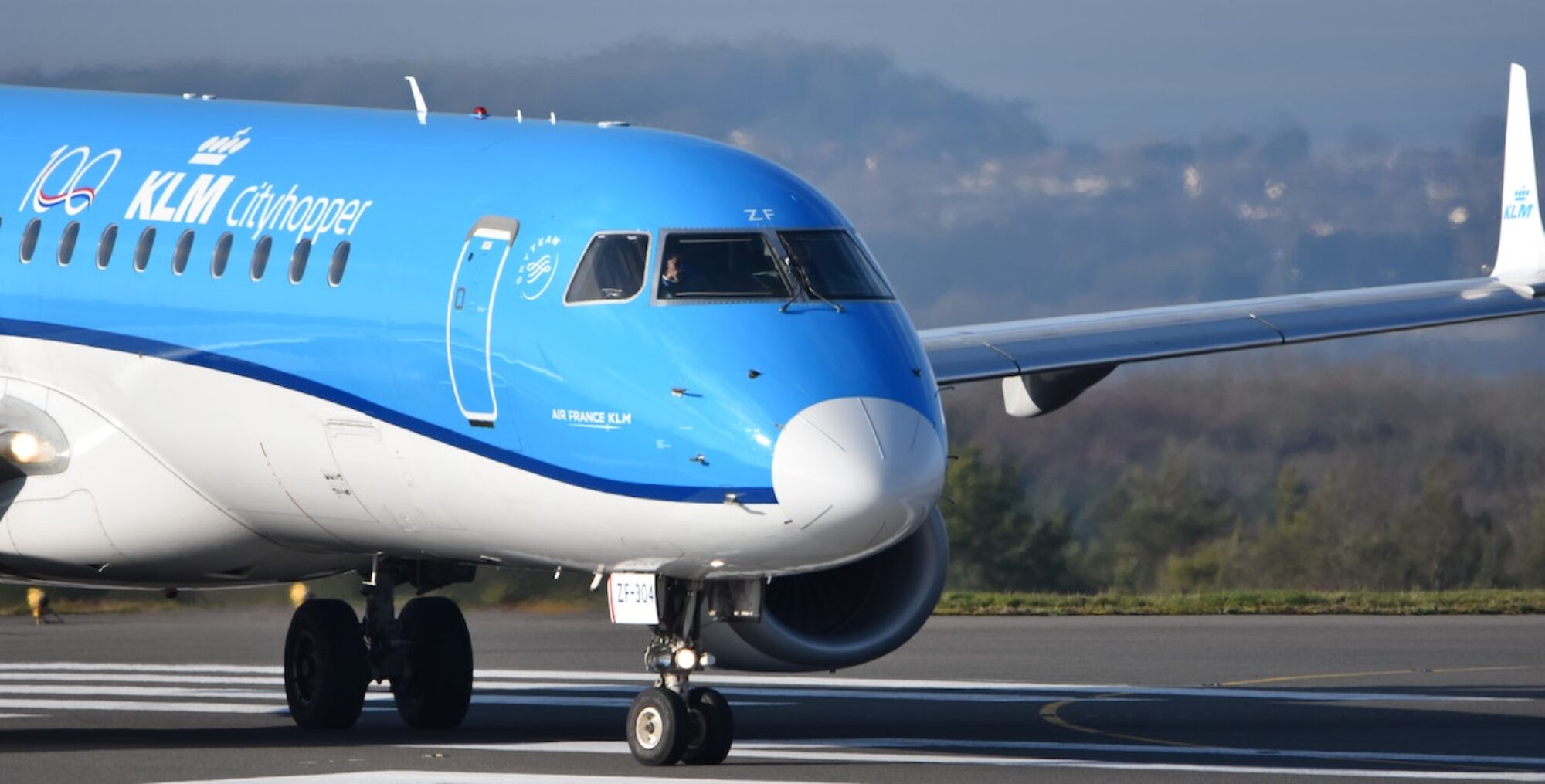Save on Airfare: Unlocking Savings by Considering Alternative Airports
When it comes to air travel, considering alternative airports can be a game-changer for savvy travelers looking to save money on airfare. While major airports are often the go-to choice for travelers, smaller or alternative airports nearby can offer significant savings. In this article, we will explore the benefits of considering alternative airports and provide practical tips on how to leverage them to your advantage. From understanding the cost factors to researching transportation options and assessing the overall value, we will guide you on how to save on airfare while expanding your travel possibilities.

Cost Factors and Airfare Savings
One of the primary benefits of considering alternative airports is the potential for cost savings on airfare. Major airports often have higher operating costs, which can translate into higher ticket prices. In contrast, smaller or alternative airports may have lower landing fees, taxes, and operational expenses, enabling airlines to offer more competitive fares. By flying into or out of these alternative airports, you can access lower base fares and potentially significant savings on your airfare.
Research Transportation Options
When considering alternative airports, it is essential to research the transportation options available to and from these airports. Evaluate the feasibility and cost of ground transportation, such as trains, buses, shuttles, or rideshare services, to reach your final destination. While alternative airports may require additional travel time, the savings on airfare can often outweigh the inconvenience. Additionally, consider the cost of parking or the availability of rental cars if you plan to drive to the alternative airport. Weigh the overall cost of transportation against the potential savings on airfare to make an informed decision.
Proximity to Your Destination
Assess the proximity of the alternative airport to your final destination. While some alternative airports may be located closer to your intended location, others may require additional travel time or connections. Consider the convenience and additional expenses, such as transportation or accommodation, associated with reaching your desired destination from the alternative airport. In some cases, the savings on airfare may be substantial enough to justify the extra travel time, while in other situations, it may be more cost-effective to stick with a major airport closer to your final destination.
Regional Airlines and Low-Cost Carriers
Alternative airports often cater to regional airlines and low-cost carriers that offer competitive fares. These airlines may operate out of smaller airports, providing more affordable options for travelers. Research regional airlines and low-cost carriers that serve your desired destinations and compare their fares to those of major airlines. Keep in mind that some of these airlines have additional fees for services like baggage or seat selection, so factor in these costs when comparing prices. By exploring regional airlines and low-cost carriers, you may find hidden gems that offer considerable savings on airfare.
Hidden Deals and Lesser-Known Routes
Alternative airports may provide access to hidden deals and lesser-known routes. Airlines may offer promotional fares or discounted tickets for flights departing from or arriving at alternative airports to stimulate demand. Monitor travel deal websites, sign up for newsletters, and follow airlines on social media to stay informed about these offers. Additionally, explore lesser-known routes that may be served exclusively by smaller airports. By being open to these hidden deals and exploring unique routes, you can uncover fantastic opportunities for saving money on airfare.
Seasonal and Off-Peak Travel
Alternative airports may be particularly advantageous for seasonal or off-peak travel. Major airports in popular tourist destinations often experience higher demand and increased fares during peak seasons. By opting for alternative airports, you can avoid the crowds and inflated prices. Plan your trips during shoulder seasons or off-peak periods to take advantage of lower airfare options. Keep in mind that alternative airports may have fewer flight options during these times, so it’s essential to book in advance and maintain flexibility with your travel dates.
Considering alternative airports is a strategic approach to saving money on airfare. By assessing cost factors, researching transportation options, considering proximity to your destination, exploring regional airlines and low-cost carriers, uncovering hidden deals, and leveraging seasonal or off-peak travel, you can unlock substantial savings on your flights. Remember to compare fares, factor in additional transportation costs, and assess the overall value in terms of time and convenience. With careful planning and an open mind, you can find affordable airfare options through alternative airports while expanding your travel horizons and maximizing your travel budget.
